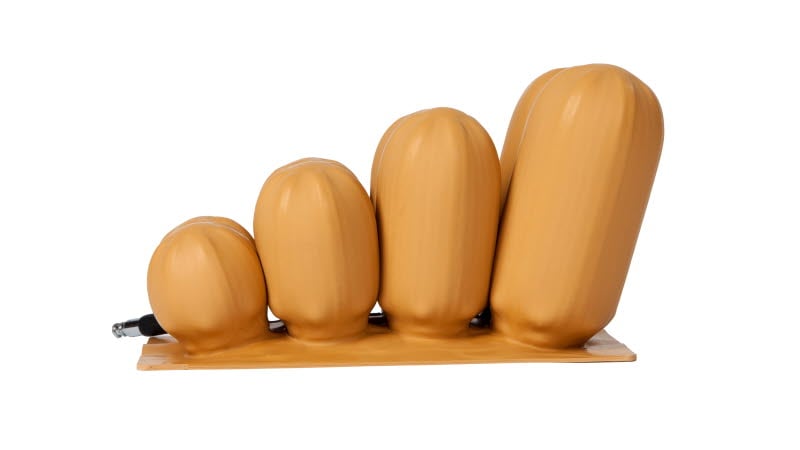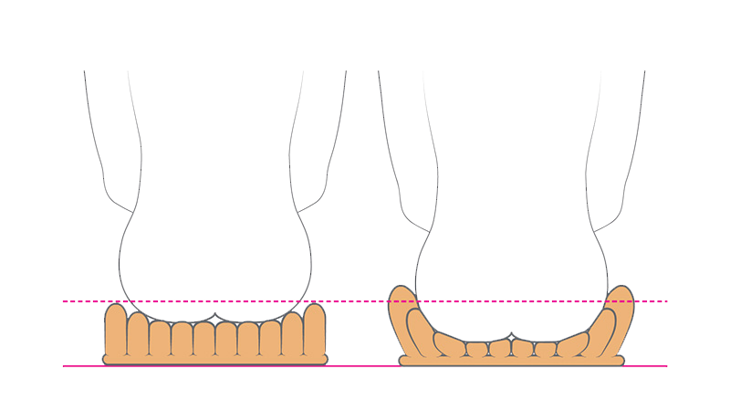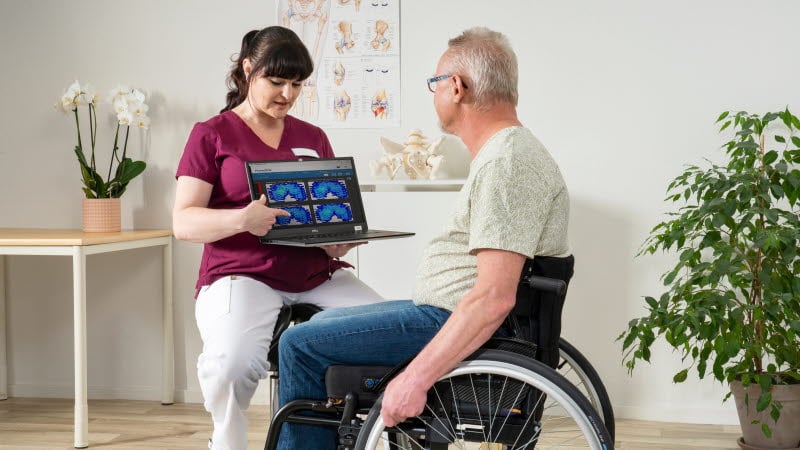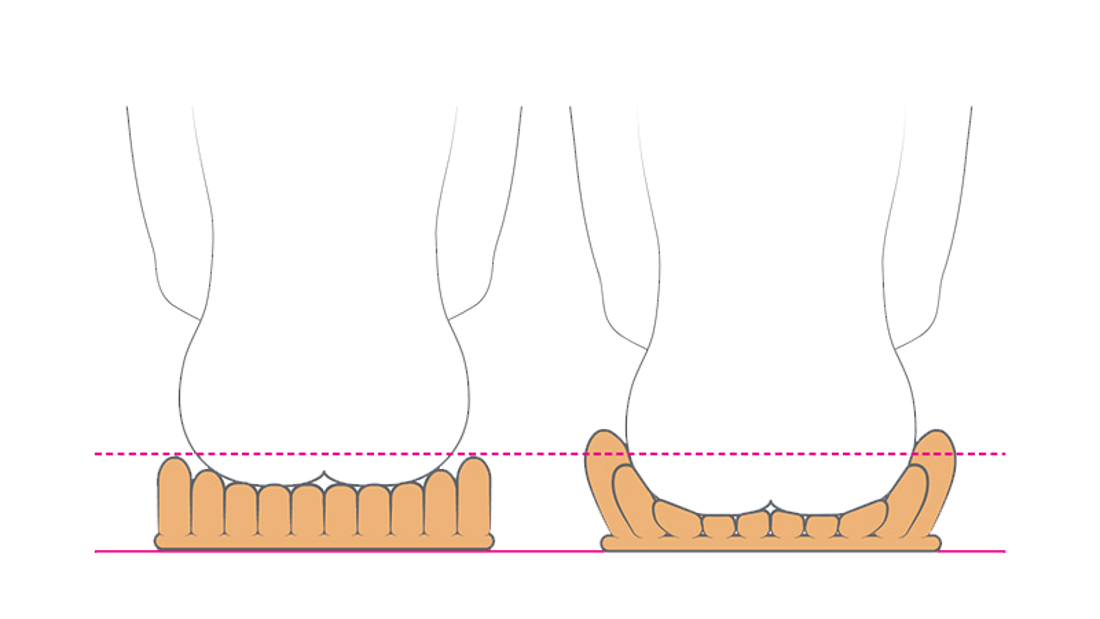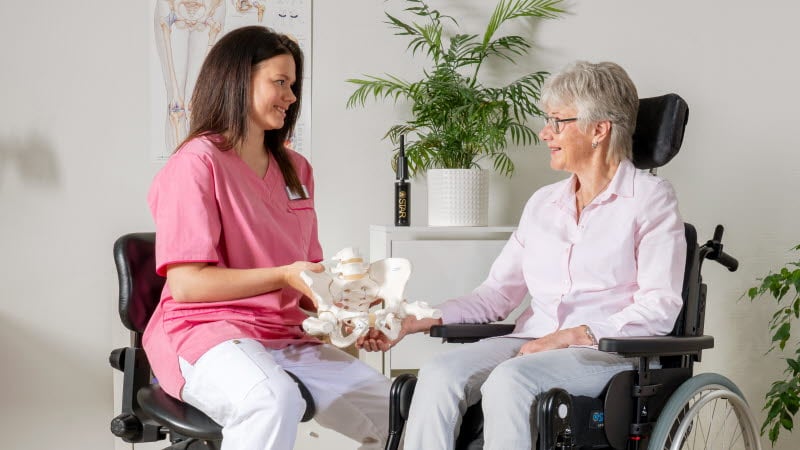Etac has a proud history of producing wheelchairs and wheelchair seating designed to meet the user’s clinical and functional needs. Etac’s Star cushions are no different, offering incredibly versatile, individualised seating. They feature vertical air cell technology designed specifically for individuals at high risk of pressure injuries. And are fully adjustable to suit the individual’s weight, body shape and pressure redistribution needs (when fitted correctly to an appropriately sized cushion).
This clinical guide is to help you, as a prescriber, select the right Star cushion and make an optimal setup to meet an individual user’s needs.
Clinical background
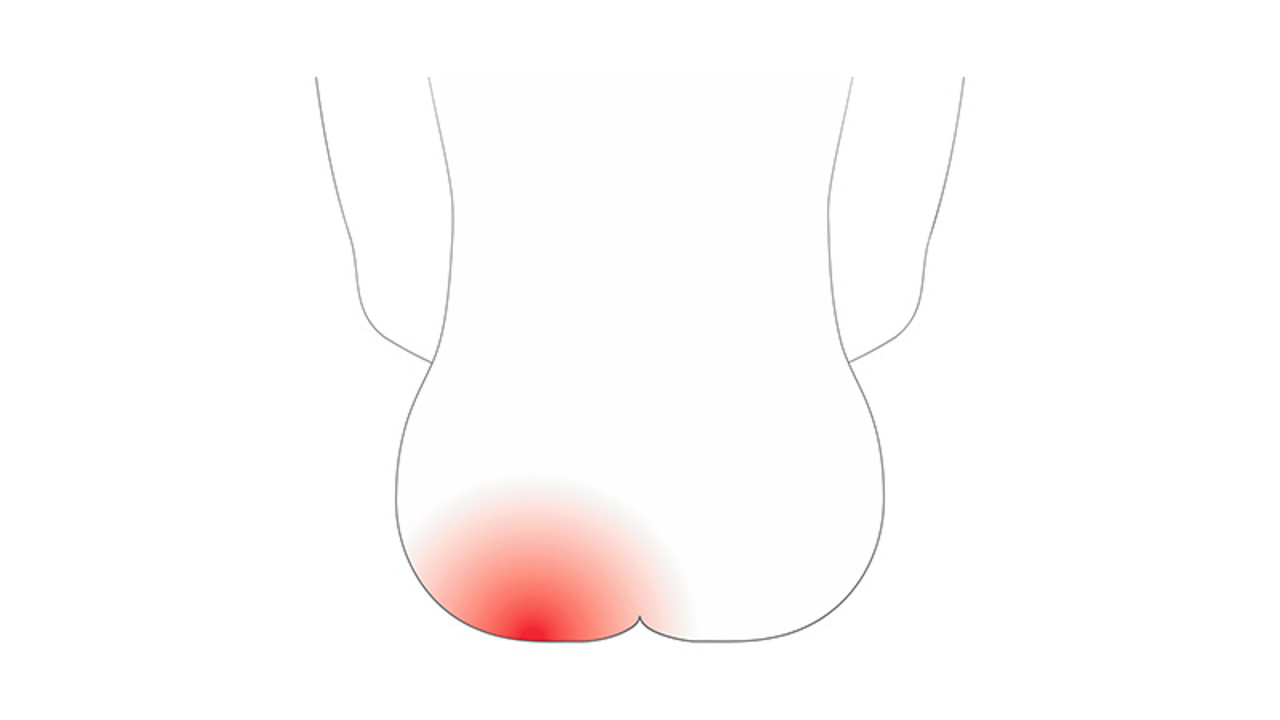
Pressure injuries
A pressure injury is defined as a localized damage to the skin and/or underlying tissue which occurs as a result of direct pressure, or a combination of pressure and shear forces” (EPUAP/ NPIAP 2019(1)). Pressure and shear cause localized deformation to the cells in the tissue, which results in tissue breakdown (Gefen 2021(2)).
The mechanical forces that can contribute to pressure injuries are pressure and shear, which typically occur together.
Their damaging effects can be compounded by heat and moisture.
Wheelchair users are at particular risk of developing pressure injuries due to several factors, including:
- Immobility
- Reduced sensation
- Reduced tissue tolerance secondary to their medical condition
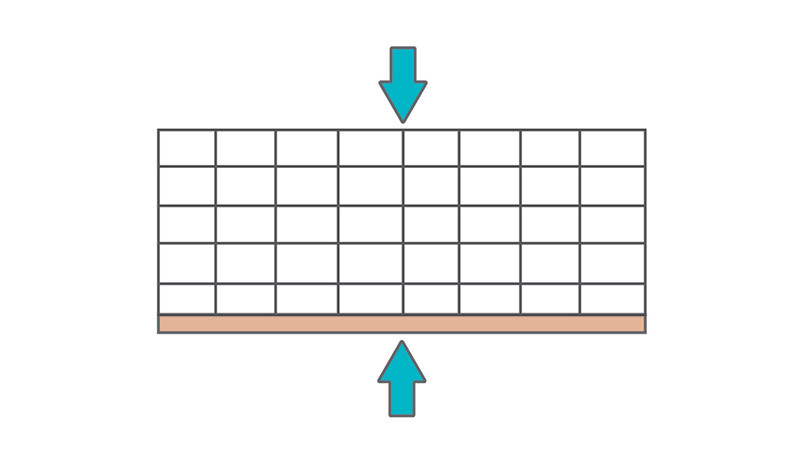
Pressure
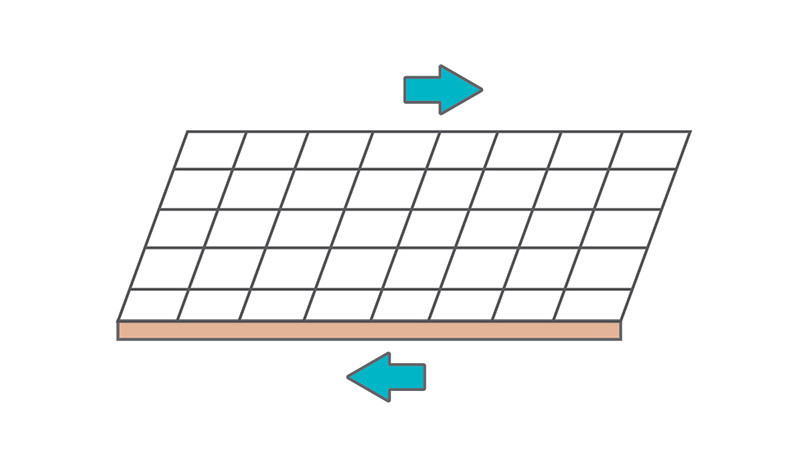
Shear
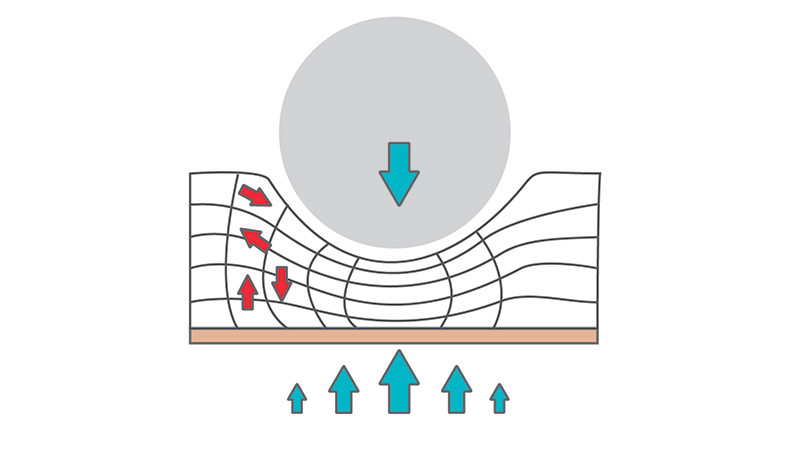
Pressure and Shear
Pressure redistribution
Many wheelchair cushions work through pressure redistribution. Pressure redistribution is the process of reducing peak pressures by increasing the surface contact area. Immersion and envelopment are fundamental mechanisms that enable effective pressure redistribution. When an individual is immersed and enveloped in a cushion, the contact surface area increases, reducing peak pressures.
Immersion:
The amount the individual will sink into the cushion’s surface.
Envelopment:
How closely the cushion surface will follow the body shape.
Reducing peak pressure points is thought to minimise damaging skin/tissue distortions. And reducing the pressure points that can cause tissue distortions is vital in preventing pressure injuries because cell deformation is now considered the primary mechanism for causing pressure injuries (EPUAP/NPIAP 2019(1), Gefen et al. 2021(2)).
(1) European Advisory Panel, National Pressure Injury Advisory Panel and Pan Pacific Pressure Injury Alliance. Prevention and Treatment of Pressure Ulcers/Injuries: Clinical Practice Guideline. The International Guideline. Emily Haesler (Ed.). EPUAP/NPIAP/PPPIA. 2019.
(2) Gefen, A., Brienza, D., Cuddigan, J., Haesler, E. and Kottner, J. (2021). Our Contemporary Understanding of the Aetiology of Pressure Ulcers/Pressure Injuries.
International Wound Journal. Vol 10. Issue 3. March 2022.
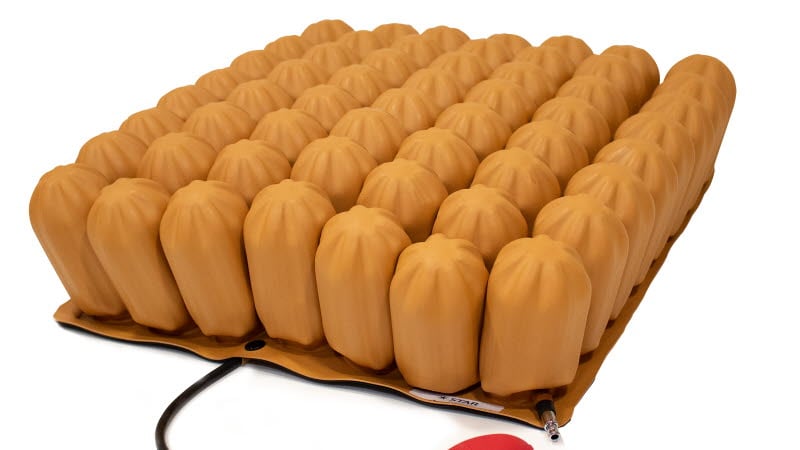
Vertical air cell technology
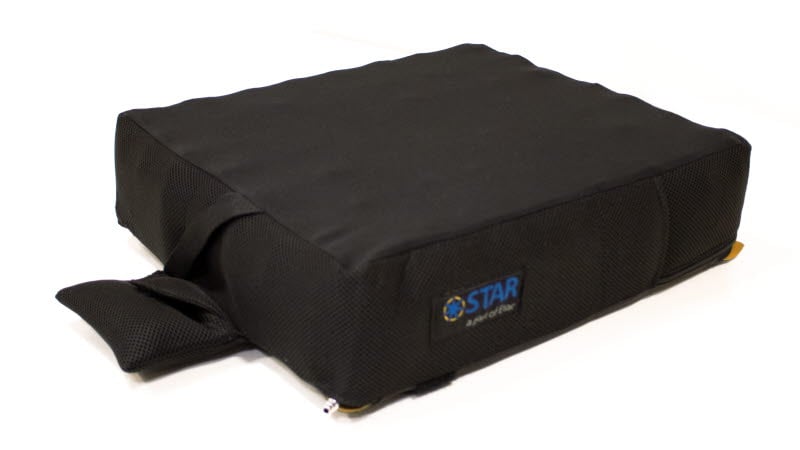
Types of Star cushions
